-
 bitcoin
bitcoin $122288.232522 USD
0.16% -
 ethereum
ethereum $4480.662914 USD
-0.22% -
 xrp
xrp $2.962747 USD
-2.32% -
 tether
tether $1.000120 USD
-0.05% -
 bnb
bnb $1145.654223 USD
-2.07% -
 solana
solana $227.105217 USD
-1.67% -
 usd-coin
usd-coin $0.999548 USD
-0.02% -
 dogecoin
dogecoin $0.250875 USD
-2.04% -
 tron
tron $0.340654 USD
-0.49% -
 cardano
cardano $0.837968 USD
-2.52% -
 hyperliquid
hyperliquid $48.960449 USD
0.06% -
 chainlink
chainlink $22.049280 USD
-1.33% -
 ethena-usde
ethena-usde $1.000404 USD
0.02% -
 sui
sui $3.586212 USD
0.20% -
 avalanche
avalanche $29.894916 USD
-4.18%
What are the cross-chain technologies in the blockchain?
Cross-chain technology enables seamless asset and data transfers between blockchains, enhancing interoperability and expanding the capabilities of decentralized applications.
Jun 16, 2025 at 02:21 pm
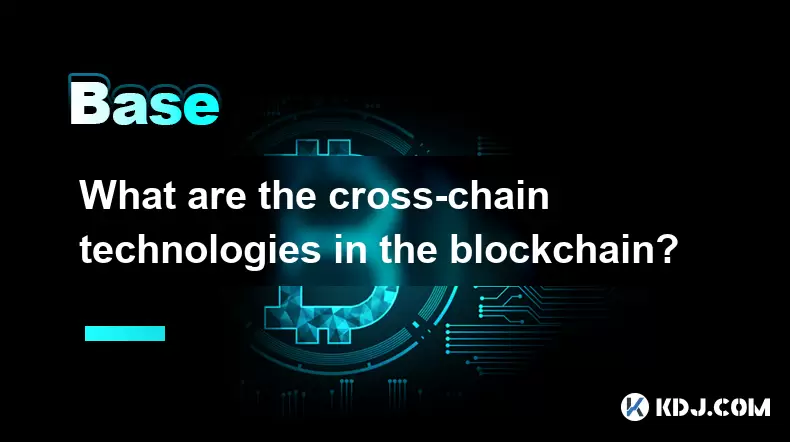
Understanding Cross-Chain Technologies
Cross-chain technology refers to a set of protocols and mechanisms that enable the transfer of assets or data between different blockchain networks. In a decentralized ecosystem where multiple blockchains coexist, interoperability becomes essential. Cross-chain solutions aim to bridge these isolated systems, allowing for seamless communication and value exchange across disparate chains.
The core idea behind cross-chain technologies is to overcome the limitations of individual blockchains, such as scalability issues, lack of interoperability, and restricted functionality. By enabling one blockchain to interact with another, developers can create more robust and versatile decentralized applications (dApps) and financial services.
Note: Interoperability doesn't mean merging two blockchains but rather creating a communication channel between them.
How Do Cross-Chain Protocols Work?
At their foundation, cross-chain protocols rely on cryptographic proofs, smart contracts, and consensus mechanisms to validate transactions across chains. These protocols often involve intermediary components like oracles, relays, or bridges that facilitate trustless communication.
One of the most common methods involves locking assets on one chain and minting equivalent tokens on another. For instance, if you want to move ETH to a Binance Smart Chain-based application, you might lock your ETH in a smart contract and receive a wrapped version (e.g., wETH) on the target chain. This process ensures that the original asset remains secured while enabling its utility elsewhere.
- A user initiates a transaction on the source chain.
- The request is verified by validators or relays.
- The corresponding asset is locked or burned.
- An equivalent token is minted or released on the destination chain.
Each step must be verifiable and tamper-proof to maintain security and decentralization.
Types of Cross-Chain Solutions
There are several types of cross-chain technologies, each with distinct approaches and use cases:
- Sidechains: Independent blockchains connected to the main chain via a two-way peg. Assets can be moved between the main chain and sidechain without affecting the primary network’s performance.
- Bridges: Protocols that connect two or more blockchains, enabling asset transfers and data sharing. Bridges can be trust-based (centralized) or trustless (decentralized).
- Relay Chains: Serve as intermediaries that verify events on other chains. They don’t handle asset transfers directly but act as verification layers.
- Atomic Swaps: Enable direct peer-to-peer exchanges of cryptocurrencies across different blockchains without needing a trusted third party.
- Wrapped Tokens: Representations of native assets from one blockchain on another, backed by the original asset held in reserve.
Each solution has trade-offs regarding speed, security, and decentralization. Developers choose based on the specific requirements of their projects.
Popular Cross-Chain Projects and Platforms
Several blockchain platforms and protocols specialize in cross-chain interoperability. Some notable ones include:
- Polkadot: Uses a relay chain model to connect parachains, enabling shared security and message passing between chains.
- Cosmos: Employs the Inter-Blockchain Communication (IBC) protocol to allow sovereign blockchains to communicate securely.
- Chainlink: Provides cross-chain oracle services that enable smart contracts to access external data and interact with multiple chains.
- Wanchain: Focuses on privacy-preserving cross-chain transactions using secure multi-party computation.
- ThorChain: A decentralized liquidity network that enables native asset swaps across blockchains without relying on wrapped tokens.
These platforms offer various tools and infrastructure to support cross-chain development, including SDKs, APIs, and modular frameworks.
Security Considerations in Cross-Chain Transfers
While cross-chain technologies open up new possibilities, they also introduce unique security risks. Since these systems involve multiple layers and actors, vulnerabilities in any component can compromise the entire network.
Common threats include:
- Smart Contract Bugs: Flaws in the code governing asset locks or minting can lead to loss of funds.
- Validator Compromises: If validators controlling the bridge are attacked or collude, malicious transactions may be approved.
- Oracle Manipulation: False data fed into the system can trigger incorrect actions on the destination chain.
- Reentrancy Attacks: Common in DeFi, these attacks exploit re-entrant calls during cross-chain transactions.
To mitigate these risks, developers implement rigorous auditing practices, multi-signature schemes, and decentralized validation models.
Frequently Asked Questions (FAQ)
Q: Can all blockchains be connected through cross-chain technology?A: Not all blockchains are compatible by default. Cross-chain connectivity depends on whether both chains support the required protocols and standards. For example, Ethereum-compatible chains can easily integrate with EVM-based networks, but non-EVM chains require specialized bridges or adapters.
Q: Are cross-chain transactions reversible?A: Most cross-chain transactions are irreversible once confirmed. However, some bridges and protocols may offer rollback mechanisms under certain conditions, especially if governed by a DAO or centralized authority.
Q: What role do oracles play in cross-chain communication?A: Oracles serve as data feeds that provide external information to smart contracts. In cross-chain scenarios, oracles help verify events on one chain so that corresponding actions can be triggered on another.
Q: How does Cosmos differ from Polkadot in cross-chain architecture?A: Cosmos focuses on sovereignty and allows each blockchain to maintain independent governance and security, using IBC for communication. Polkadot employs a shared security model where all connected chains rely on the relay chain for validation and consensus.
Disclaimer:info@kdj.com
The information provided is not trading advice. kdj.com does not assume any responsibility for any investments made based on the information provided in this article. Cryptocurrencies are highly volatile and it is highly recommended that you invest with caution after thorough research!
If you believe that the content used on this website infringes your copyright, please contact us immediately (info@kdj.com) and we will delete it promptly.
- BlockDAG, DOGE, HYPE Sponsorship: Crypto Trends Shaping 2025
- 2025-10-01 00:25:13
- Deutsche Börse and Circle: A StableCoin Adoption Powerhouse in Europe
- 2025-10-01 00:25:13
- BlockDAG's Presale Buzz: Is It the Crypto to Watch in October 2025?
- 2025-10-01 00:30:13
- Bitcoin, Crypto, and IQ: When Genius Meets Digital Gold?
- 2025-10-01 00:30:13
- Stablecoins, American Innovation, and Wallet Tokens: The Next Frontier
- 2025-10-01 00:35:12
- NBU, Coins, and Crypto in Ukraine: A New Yorker's Take
- 2025-10-01 00:45:14
Related knowledge

How does cryptocurrency achieve decentralization?
Sep 30,2025 at 04:37am
Understanding the Foundation of Decentralization in Cryptocurrency1. Cryptocurrency achieves decentralization primarily through the use of blockchain ...
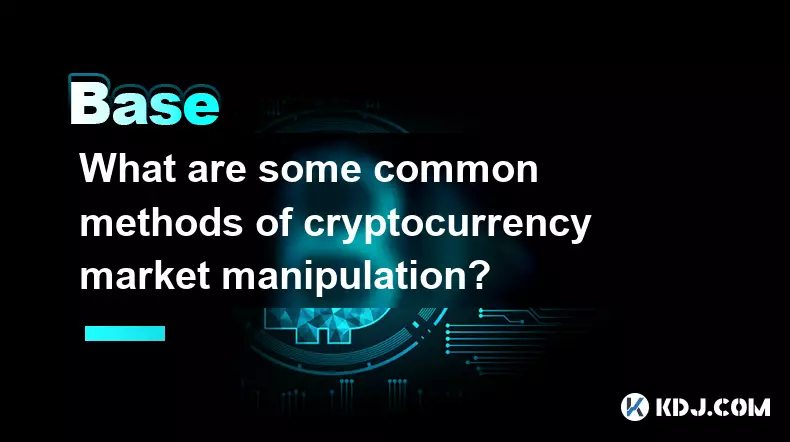
What are some common methods of cryptocurrency market manipulation?
Sep 27,2025 at 02:55am
Wash Trading and Its Impact on Market Perception1. Wash trading involves an individual or entity simultaneously buying and selling the same cryptocurr...
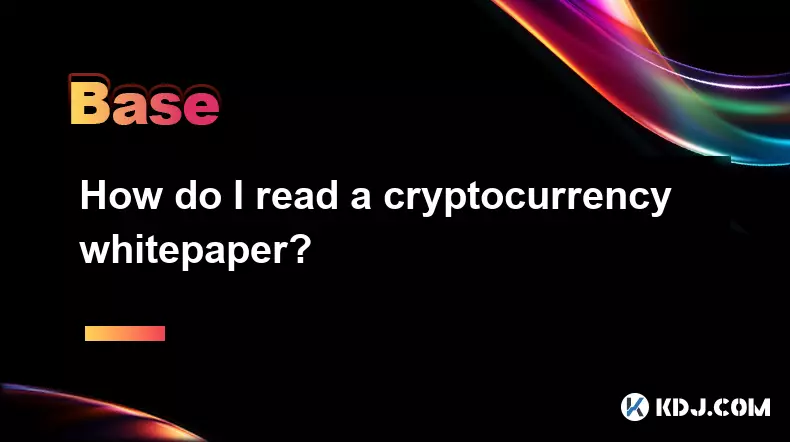
How do I read a cryptocurrency whitepaper?
Sep 27,2025 at 05:54am
Understanding the Structure of a Cryptocurrency Whitepaper1. Begin by identifying the executive summary, which outlines the project’s core vision and ...
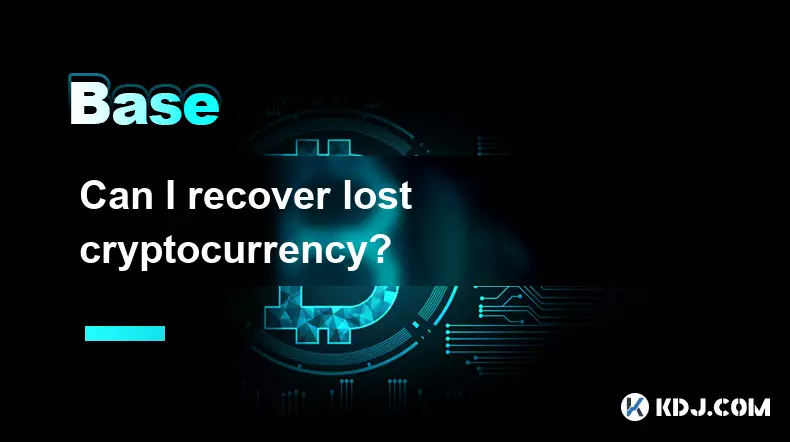
Can I recover lost cryptocurrency?
Sep 25,2025 at 08:18am
Understanding the Nature of Cryptocurrency Loss1. Cryptocurrency operates on decentralized networks, meaning there is no central authority to reverse ...
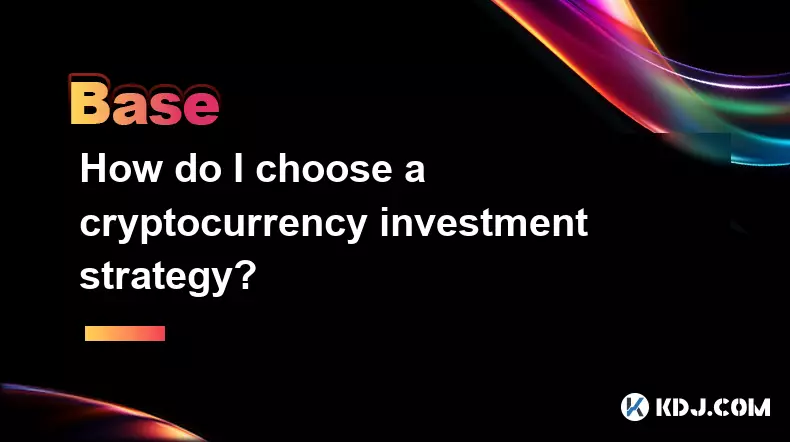
How do I choose a cryptocurrency investment strategy?
Sep 27,2025 at 03:55pm
Understanding Risk Tolerance in Crypto Investing1. Assessing personal risk tolerance is a foundational step when entering the cryptocurrency market. V...

How can I earn passive income from cryptocurrency?
Sep 23,2025 at 10:18am
Staking Cryptocurrencies for Regular Returns1. Many blockchain networks operate on a proof-of-stake (PoS) consensus mechanism, allowing users to earn ...

How does cryptocurrency achieve decentralization?
Sep 30,2025 at 04:37am
Understanding the Foundation of Decentralization in Cryptocurrency1. Cryptocurrency achieves decentralization primarily through the use of blockchain ...

What are some common methods of cryptocurrency market manipulation?
Sep 27,2025 at 02:55am
Wash Trading and Its Impact on Market Perception1. Wash trading involves an individual or entity simultaneously buying and selling the same cryptocurr...

How do I read a cryptocurrency whitepaper?
Sep 27,2025 at 05:54am
Understanding the Structure of a Cryptocurrency Whitepaper1. Begin by identifying the executive summary, which outlines the project’s core vision and ...

Can I recover lost cryptocurrency?
Sep 25,2025 at 08:18am
Understanding the Nature of Cryptocurrency Loss1. Cryptocurrency operates on decentralized networks, meaning there is no central authority to reverse ...

How do I choose a cryptocurrency investment strategy?
Sep 27,2025 at 03:55pm
Understanding Risk Tolerance in Crypto Investing1. Assessing personal risk tolerance is a foundational step when entering the cryptocurrency market. V...

How can I earn passive income from cryptocurrency?
Sep 23,2025 at 10:18am
Staking Cryptocurrencies for Regular Returns1. Many blockchain networks operate on a proof-of-stake (PoS) consensus mechanism, allowing users to earn ...
See all articles










































































